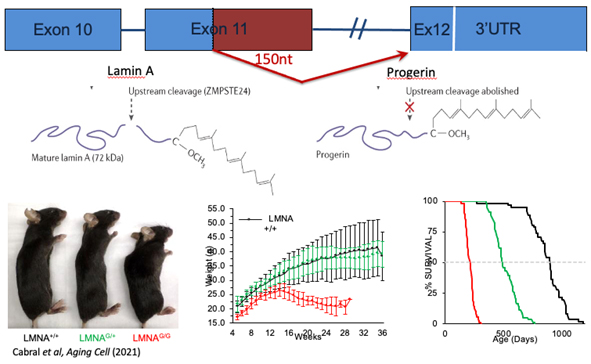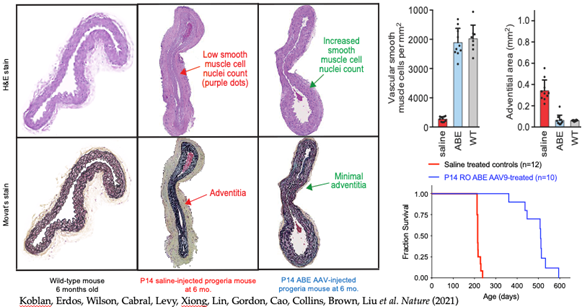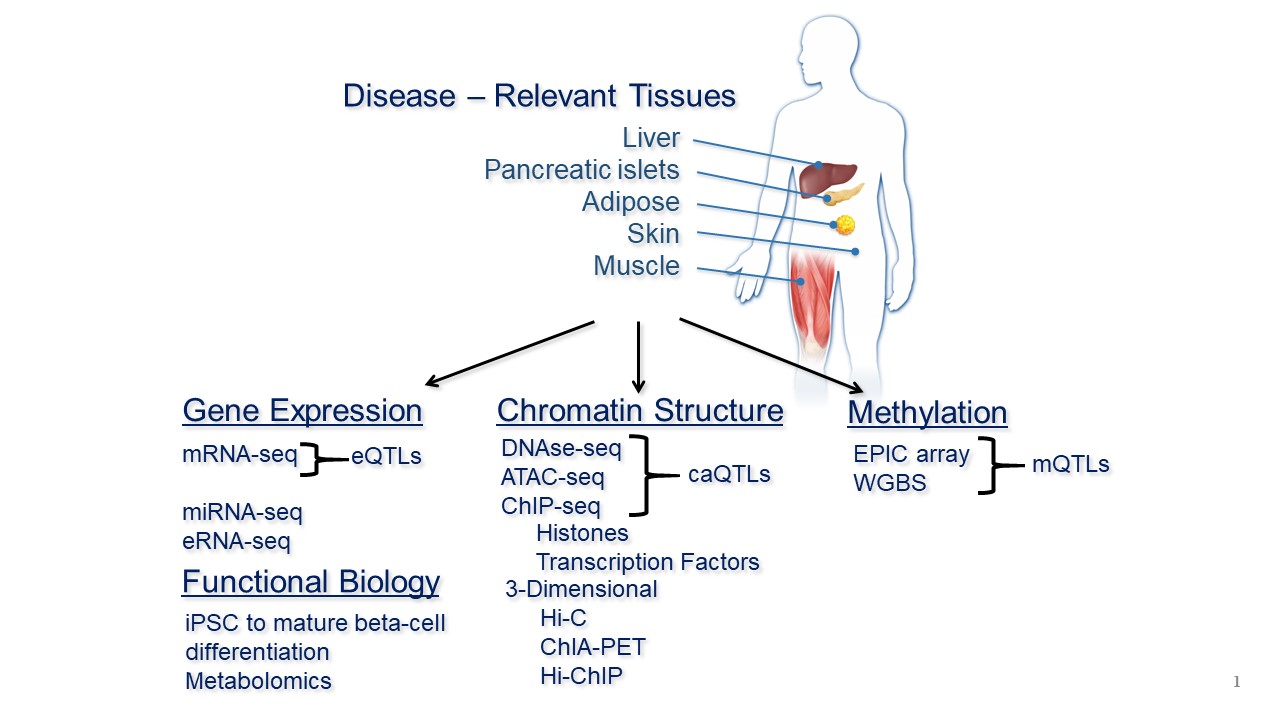
Michael R. Erdos, Ph.D.
Associate Investigator
Molecular Genetics Section
Education
B.S., The George Washington University
Ph.D., University of Groningen
Molecular Genetics Section Staff

Henry J. Taylor, B.S.
- Predoctoral IRTA Fellow
- Molecular Genetics Section

Leland Taylor, Ph.D.
- Postdoctoral Fellow
- Molecular Genetics Section

Tingfen Yan, Ph.D.
- Bioinformatics Scientist
- Molecular Genetics Section

Cassie Robertson, Ph.D.
- Guest Researcher
- Molecular Genetics Section

Neelam Sinha, M.S.
- Jr. Scientific Data Specialist
- Molecular Genetics Section

Lukas Johnson
- Postbaccalaureate IRTA Fellow
- Molecular Genetics Section

Brian Lee
- Postbaccalaureate IRTA Fellow
- Molecular Genetics Section

Hannah Li
- Postbaccalaureate IRTA Fellow
- Molecular Genetics Section

Csilla Szabo
- Special Volunteer
- Molecular Genetics Section

Ami Thaivalappil
- Special Volunteer
- Molecular Genetics Section
Last updated: November 7, 2024



